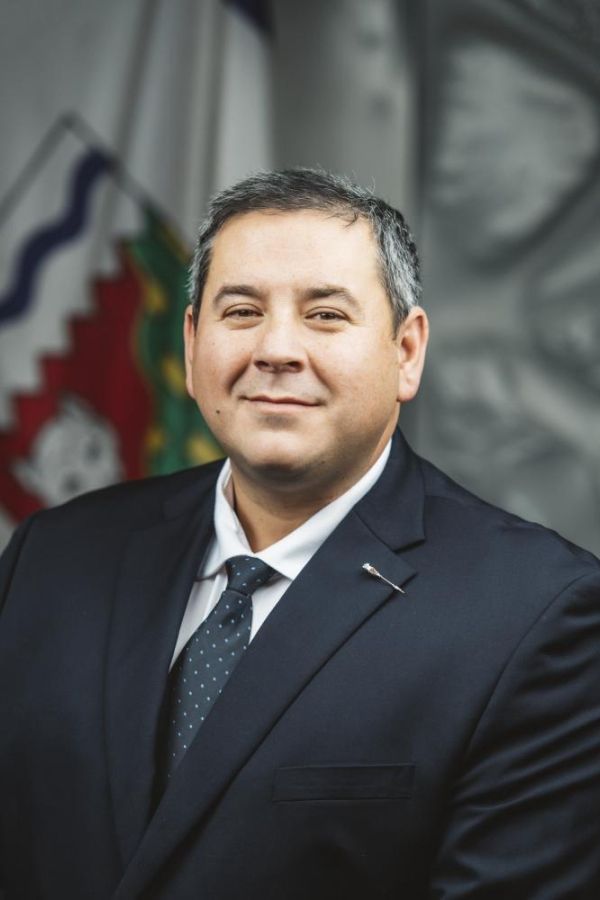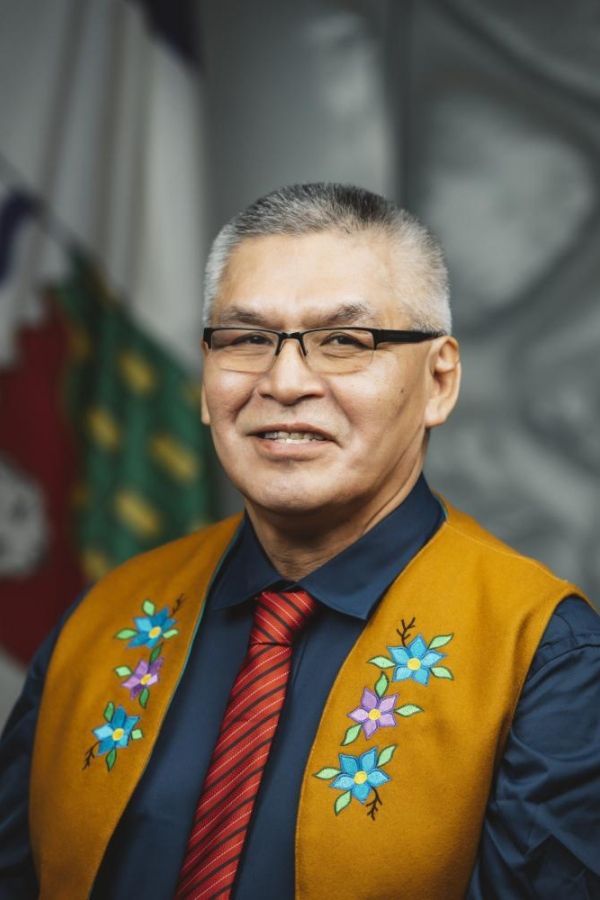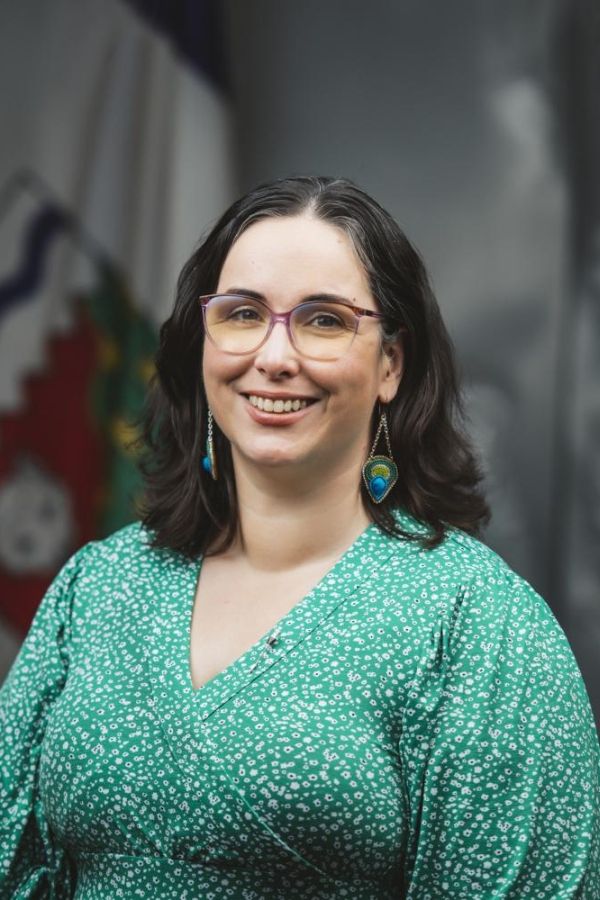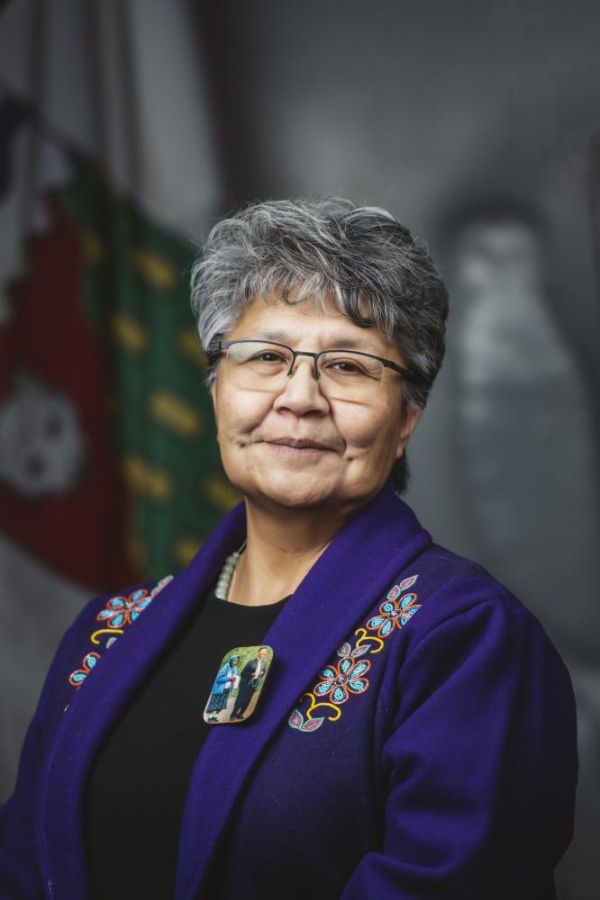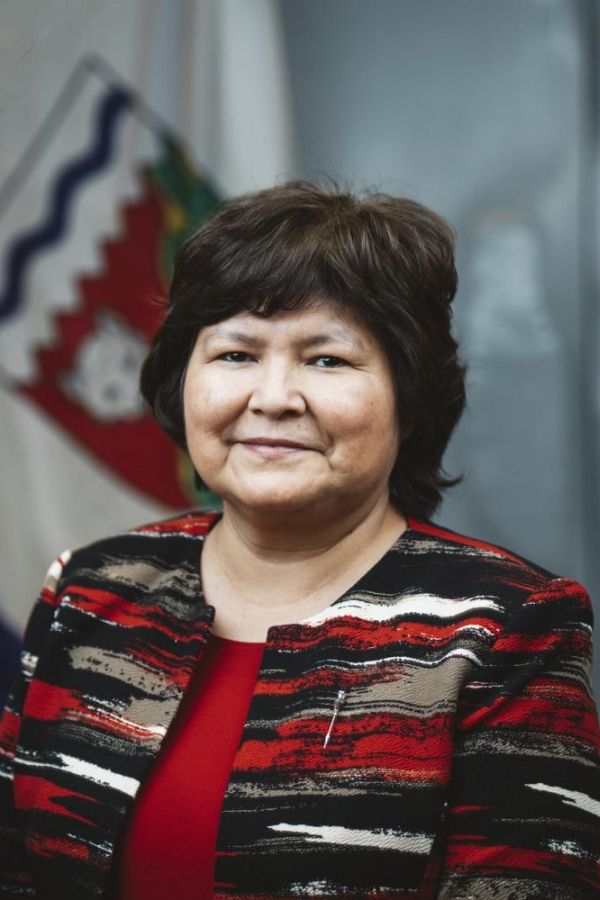Return to Written Question 3-20(1): Extended Health Benefits Policy
Mr. Speaker, I also have a Return to Written Question No. 3-20(1) asked by the Member from Range Lake on February 28th, 2024, regarding Extended Health Benefits.
The Member inquired about the changes to the Extended Health Benefit Policy, and I am pleased to provide the following information in response to his questions.
The Member asked for an explanation of the income assessment process to determine eligibility for all benefits, including exact income amounts in dollar values.
To access the new Extended Health Benefits Policy, residents must submit an application that includes their Canada Revenue Agency, or CRA, income statement. This statement will be used to assess and adjust their net income on Line 236000 based on factors such as the region of residence, cost of living, and family size, that includes total number of dependents.
The adjusted income will then determine the benefits for which the individual or family are eligible, as well as any cost sharing arrangement that may be applied.
When applying as a family, both the applicant and their spouse's CRA Income Statements will be used to determine the net income of the family unit. Seniors' eligibility and benefits remain unchanged.
For each application submitted, the Department of Health and Social Services reviews the applicant's CRA Income Statement, determines the region of residence, and adjusts the net income by family size, placing the individual or family in one of 30 income bands in the approved Income Thresholds and Cost Sharing Arrangement.
Each dependent reduces the net income of the family to account for additional family expenses. Then the individual, or family as applicable, will be assigned an income band which will set their cost share requirements for the benefit year.
If a resident's adjusted family income is under the low-income threshold band, they and their family members will be eligible for vision, dental, prescription drugs, and medical supplies and equipment benefits under the Extended Health Benefits Program, at no cost. Medical travel to access eligible dental and medical supplies and equipment benefits is also covered.
If a resident's adjusted family income is above the low-income threshold band, they and their family members will be eligible for prescription drugs and medical supplies and equipment benefits. They may need to pay for a portion of their family's drug costs through a deductible and then co-insurance payments, up to their family maximum amounts. They will also need to pay co-insurance payments for medical supplies and equipment benefits up to a family maximum of $500, $1000, or $1500, depending on income level.
Eligible Persons who have employer or similar plans offering health, vision, dental, or transportation benefits must continue to seek reimbursement from the employer or similar plans prior to accessing Extended Health Benefits.
The income threshold levels and cost sharing arrangement by income threshold band and region will be publicly posted in the near future.
The Member asked for an explanation of the cost-sharing model for residents above the low-income threshold, including defined reasonable family maximums and a list of all eligible benefits.
Eligible residents assessed above the established low-income threshold band will receive prescription drug and medical supplies and equipment benefits and will be required to make a financial contribution towards the cost of these benefits. Medical travel to access medical supplies and equipment benefits will be covered.
Regarding Drug Benefits, the Extended Health Benefits Policy uses the federal government's Non-Insured Health Drug Benefits List as the Northwest Territories pharmacare formulary, with some exceptions.
The total out-of-pocket expenses paid by Extended Health Benefits eligible residents will not exceed 4 percent of the individual's or family's net income.
Regarding Medical Supplies and Equipment Benefits, the Extended Health Benefits Policy uses the federal governments Non-Insured Health Benefits' Medical Supplies and Equipment Guide and Benefit List and Maximum Price List as the approved NWT Medical Supplies and Equipment Benefit list and price list.
A wide range of Medical Supplies and Equipment benefits are available to eligible Northwest Territories residents including hearing aids, bathing and toileting aids, mobility aids, prosthetics ostomy supplies, compression garments, orthoses, incontinence aids, medical supplies, oxygen and respiratory equipment and supplies, and visual aids.
Benefits also include freight/shipping of eligible medical supplies and equipment.
This means that eligible Northwest Territories residents will need to pay a 25 percent co-insurance payment for each eligible Medical Supplies and Equipment cost up to their assigned family maximum.
The Member inquired about how many Northwest Territories residents will no longer receive extended health benefits after September 1, 2024, and requested a regional breakdown of how many Northwest Territories residents will no longer receive extended health benefits after April 1, 2024.
Effective September 1, 2024, the new Extended Health Benefits Policy reduces barriers to access of health-related benefits to Northwest Territories residents who are not covered under the federal government's Non-Insured Health Benefits program or the Metis Health Benefits Policy.
According to Non-Insured Health Benefits data, in 2023 there were 28,000 Non-Insured Health Benefits eligible clients in the Northwest Territories. Additionally, the Metis Health Benefits Policy currently has 1,700 registered clients. In total, approximately 29,700 Northwest Territories residents are covered by these two programs. The residual population is eligible for the new Extended Health Benefits program.
Residents currently accessing benefits under the Seniors and Specified Disease Programs are eligible to apply for benefits under the new Extended Health Benefits Policy provided they continue to hold an effective registration with the Northwest Territories health care Plan. Seniors over the age of 60 will continue to receive the same extended health benefits they currently receive.
The Member requested the total reduction in expenditures anticipated from the changes to Extended Health Benefits after September 1, 2024?
The new Extended Health Benefits Policy represents a change to better align with the key objectives of good public policy: Equity, fairness, and sustainability.
We expect the costs of the new policy, which provides benefits to those that did not previously have access, will be sufficiently covered by cost-sharing and effective drug cost management. These changes are about providing more access to benefits with the available funds. We will be monitoring the costs and the trends in benefit recipients as the updated program rolls out.
Thank you, Mr. Speaker.







